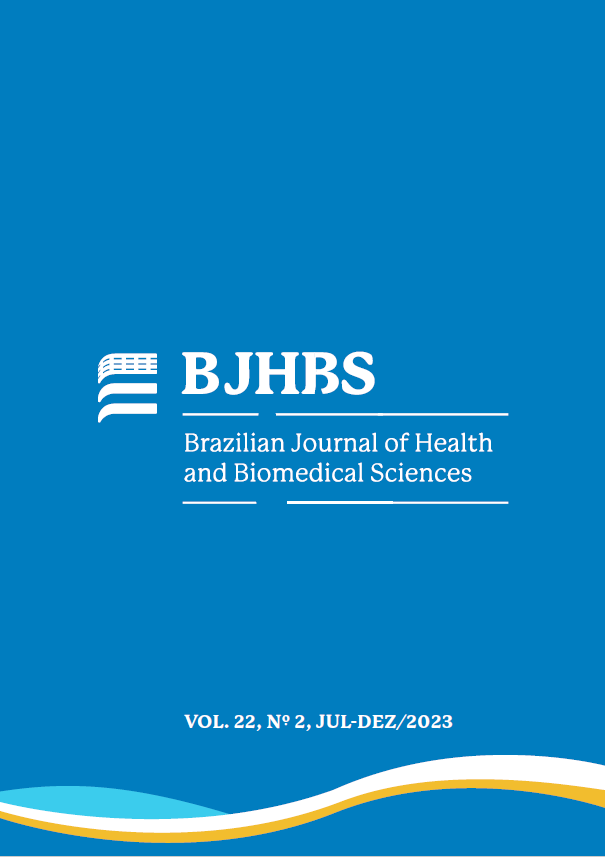Published 2023-11-01
Keywords
- Carbapenem,
- resistance,
- antimicrobial
How to Cite
Copyright (c) 2023 Brazilian Journal of Health and Biomedical Sciences

This work is licensed under a Creative Commons Attribution-NonCommercial-NoDerivatives 4.0 International License.
Abstract
The global resistance of microorganisms to antimicrobials is one of the biggest public health challenges in recent decades however, among Gram-negative microorganisms, this problem has become very relevant, resulting in a shortage of medicines for the treatment of infections caused by these multi-resistant bacterial agents. Knowing the evolution of this resistance, among microorganisms in the hospital environment, is essential for: the projection of resistance in the coming decades, the rational use of antimicrobials and the adoption of measures to minimize their impact in this scenario. The most modern antimicrobial agents, which act on multi-resistant bacteria, are expensive, making their availability and use even more difficult, especially in the public health network in developing countries. However, new drugs for treating multidrug-resistant infections, due to their high cost, are often not available.
Metrics
References
- Livermore DM. Defining an extended-spectrum β-lactamase. Clin Microbiol Infect. 2008 Jan;14:3–10.
- Weber DJ, Talbot TR. Mayhall’s Hospital epidemiology and infection prevention. Philadelphia, PA: Wolters Kluwer; 2021; 20. Chapter 20.
- Olivella JGB, Fonseca BO, Fonseca AS, et al. Prevalence of carbapenem-resistant Enterobacteriaceae in in- and out-of-hospital environments. BJHBS [Internet]. 2023 Jul. 17 [cited 2023 Oct. 10];22(1):15-22. Available from: https://bjhbs.hupe.uerj.br/bjhbs/article/view/55.
- Nordmann P, Naas T, Poirel L. Global Spread of Carbapenemase-producing Enterobacteriaceae. Emerg Infect Dis. 2011 Oct;17(10):1791-8.
- Santos, FHBS, et al. Análise de genes de resistência a betalactâmicos em bactérias Gram negativas isoladas nos anos de 2005/2006 e 2022 no Hospital Universitário Pedro Ernesto. Apresentado no 61°- Congresso Científico do HUPE (pôster).
- Tzouvelekis LS, Markogiannakis A, Psichogiou M, et al. Carbapenemases in Klebsiella pneumoniae and Other Enterobacteriaceae: An Evolving Crisis of Global Dimensions. Clin Microbiol Rev. 2012 Oct 1;25(4):682–707.
- Correal JCD, Marques EA, Guilherme WL, et al. Infecções por Staphylococcus aureus: mudança do perfil epidemiólogico no Hospital Universitário Pedro Ernesto. Rev HUPE. 2013;12(3):31-46.





